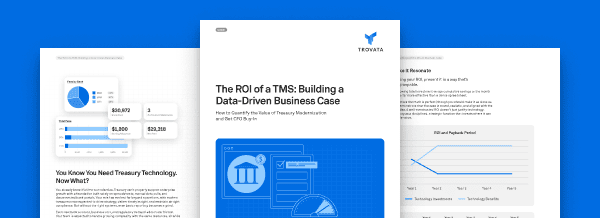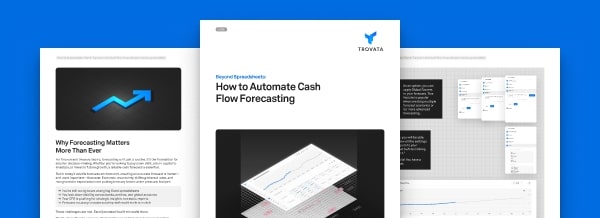Resource Library
Reporting & Analysis Resources
Discover tools and strategies to improve treasury reporting, automate analysis, & drive insights with real-time bank data.
Discover resources organized by topic and expertise area.
Topics to Explore
Newsletter
Industry-leading cash management resources. Directly to your inbox.
Treasury and finance professionals are taking advantage of our monthly newsletter that is full of resources to guide your cash management strategy and operations.












